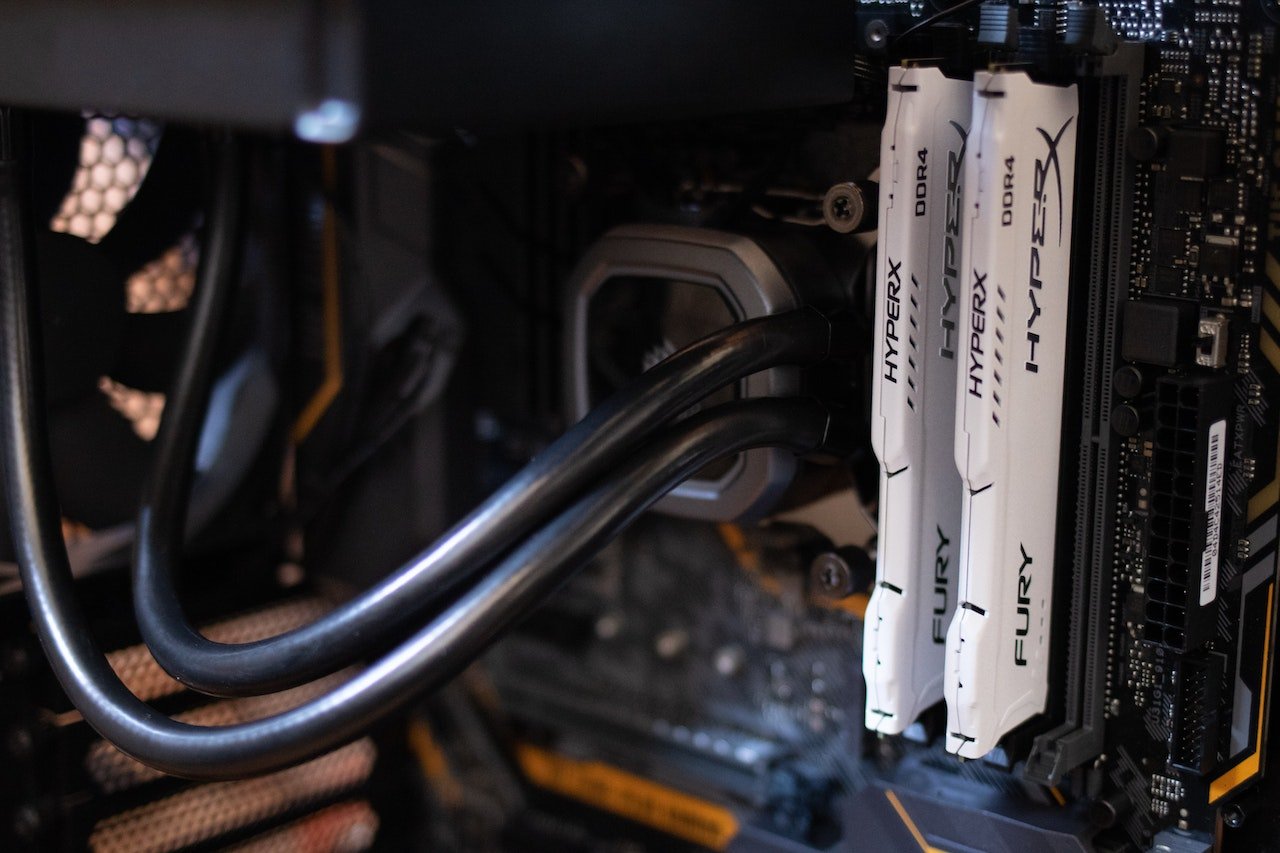
The cloud has revolutionized the way businesses operate. Platforms like Amazon Web Services (AWS) and Microsoft Azure provide secure, scalable, and cost-effective...
Unlike the traditional on-premise IT systems of the past, the cloud requires a more proactive approach to management and maintenance once the solution has been deployed.
Despite this, during the first COVID-19 lockdowns last year, a common mistake made by many IT teams under pressure to migrate to the cloud urgently was to approach the latter in the same way they’d approach the former.
But legacy technology can’t simply be swapped out for a cloud application which is then left to run by itself without any dedicated management or ongoing optimisation.
Still, we’ve seen too many organisations treat an AWS / Azure migration just like an on-premise project, without realising they’re facing an entirely different – and more complex – concept.
Many of those who were forced to rush into AWS / Azure migrations during the pandemic are now scrambling to fill critical gaps which have left them vulnerable to both performance and budgetary challenges.
And with cloud adoption set to continue rising in a post-pandemic world – as Gartner predicts that cloud spending will account for 14.2% of the overall enterprise IT market by 2024 – it’s important for us to learn from these mistakes sooner than later.
Not only does the cloud require a dedicated strategy, team, and resources, it also requires specialist expertise to ensure your infrastructure operates smoothly beyond the migration.
Enterprise IT systems of the past could simply be left to run without any unplanned changes or unexpected monthly bills. But your cloud deployment requires constant:
This is due to constant changes with the environment in terms of usage, performance, costs, updates from the cloud provider, and plenty more variables that must all be taken into account.
If your business is migrating applications and processes to the cloud, you must approach the maintenance of your new technology with an agile, flexible, and vigilant mindset.
Remember, the cloud is an entirely unique – and vastly more challenging – prospect than legacy IT systems.
To learn more about how to prepare for the uncertainties of a cloud migration, read our latest article here.

The cloud has revolutionized the way businesses operate. Platforms like Amazon Web Services (AWS) and Microsoft Azure provide secure, scalable, and cost-effective...

What do you look for from an Azure hosting provider? Ideally, you need a provider who will stay on top of all the latest options from the various cloud platforms –...